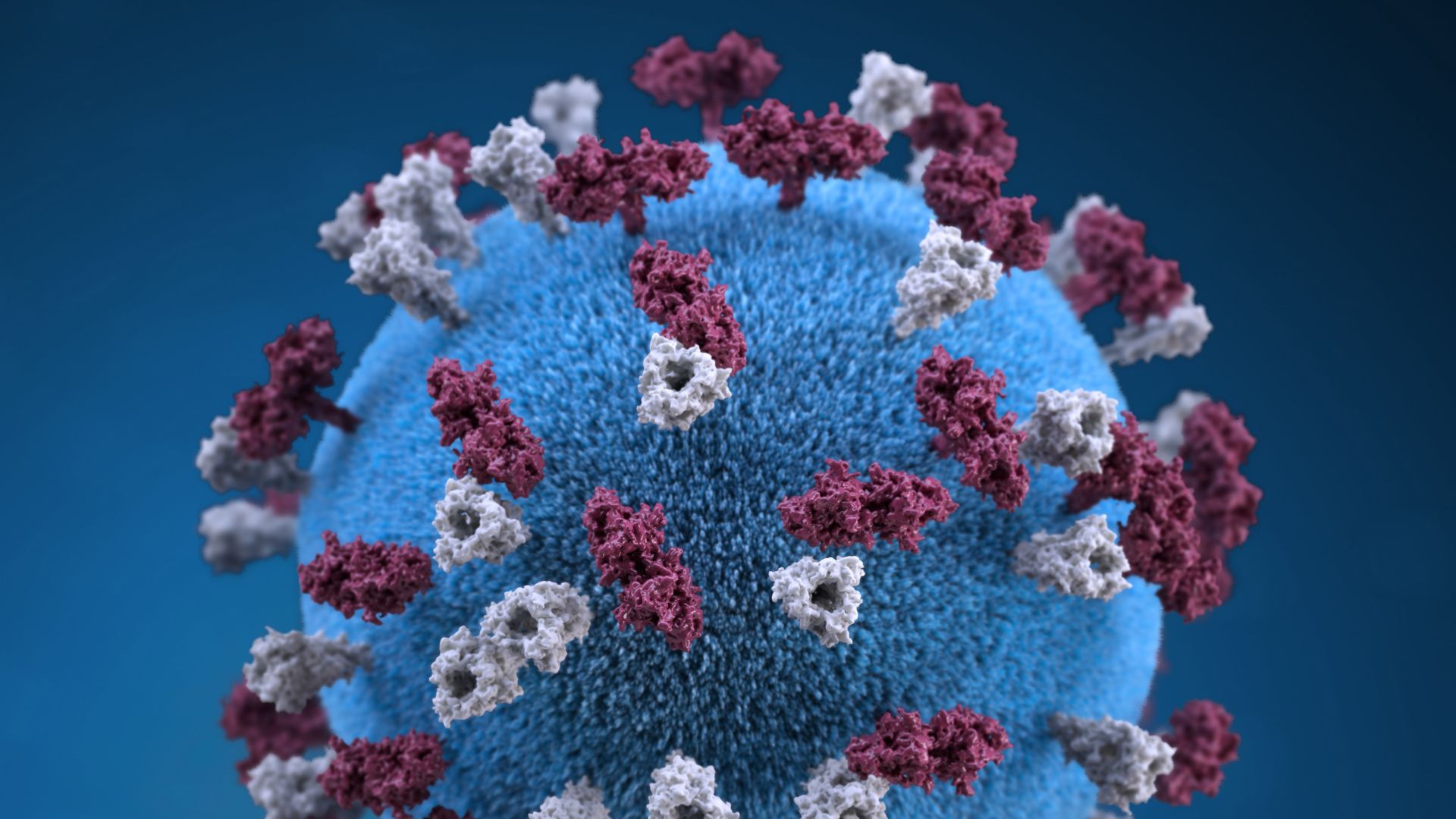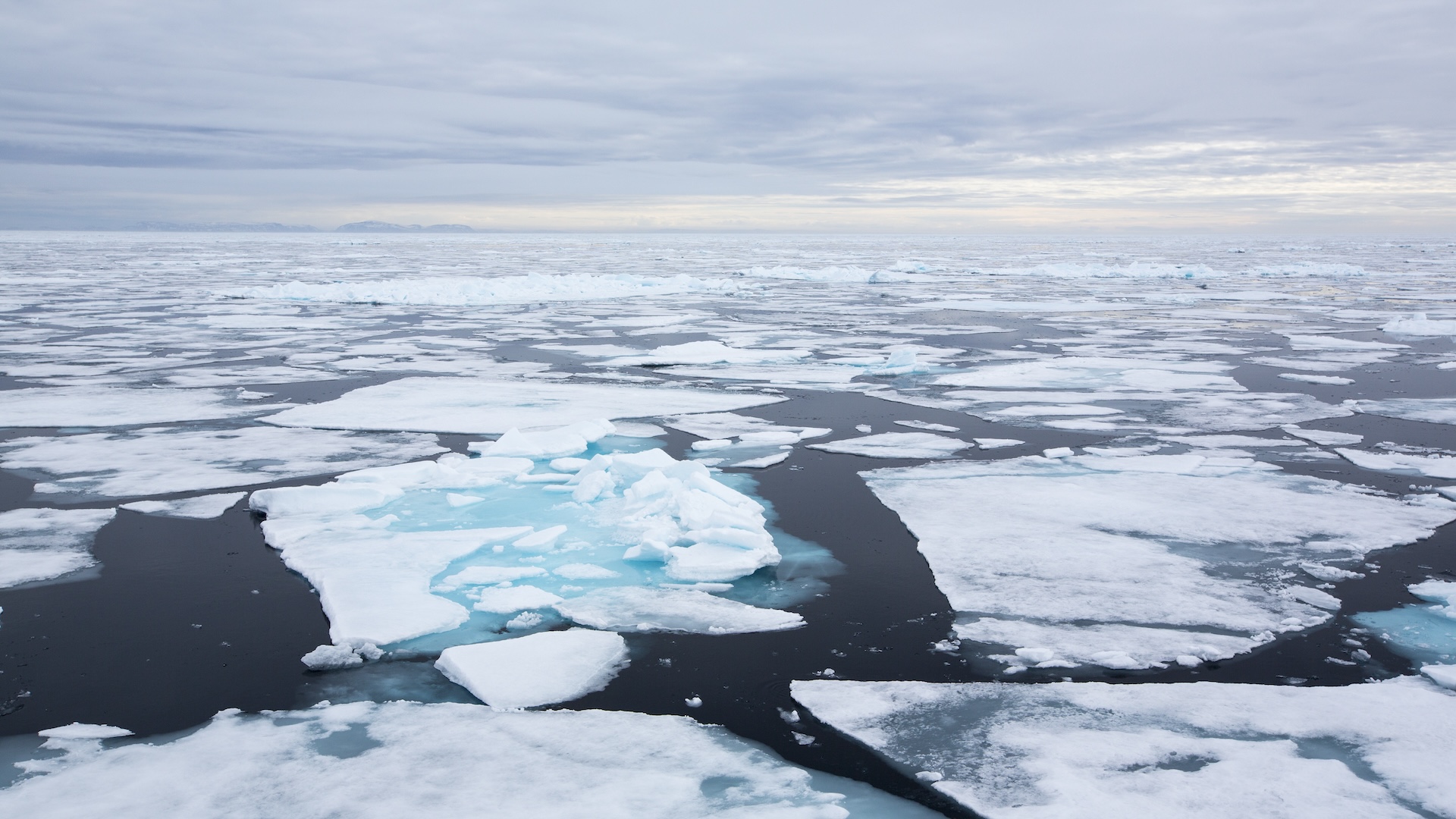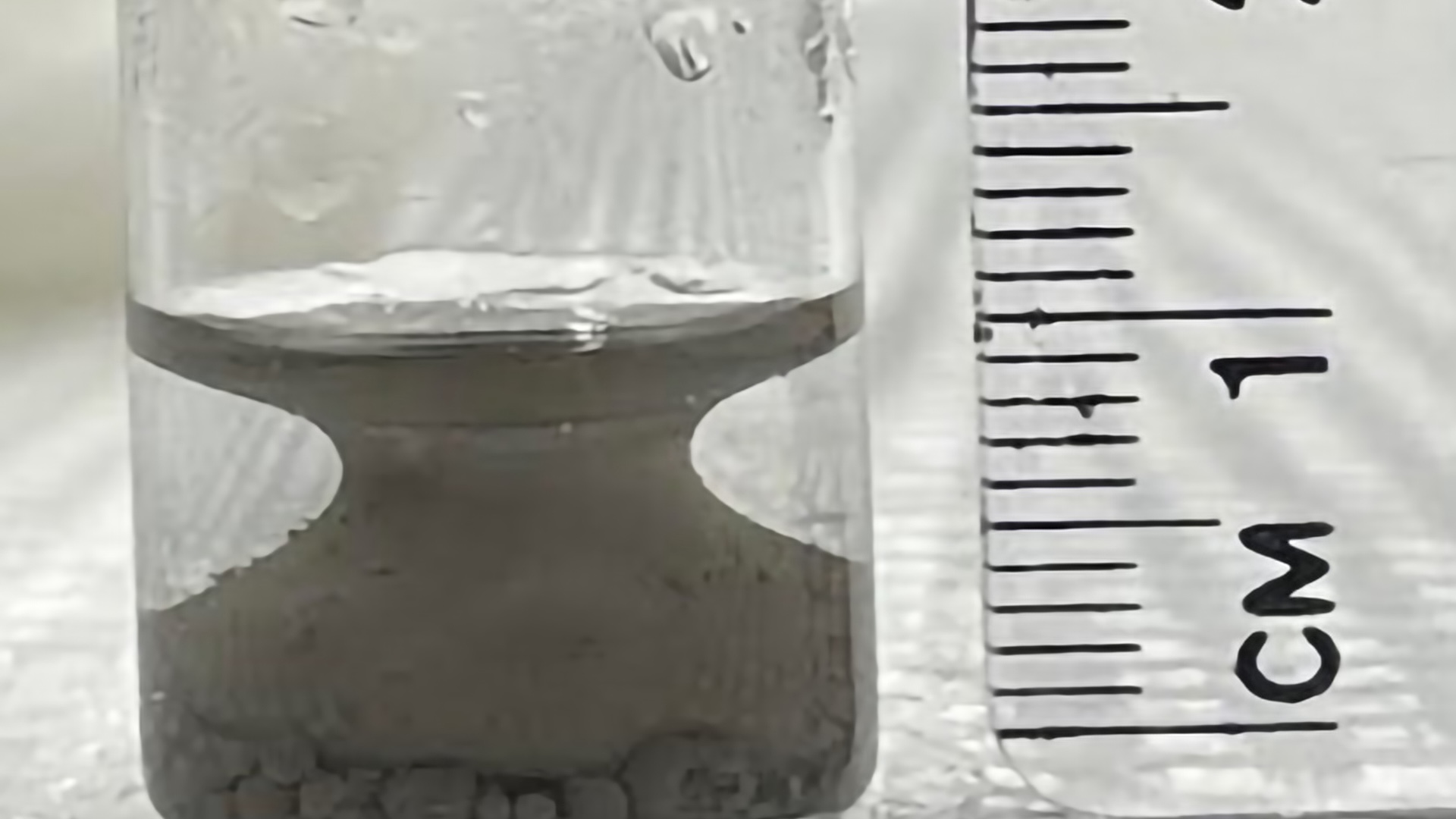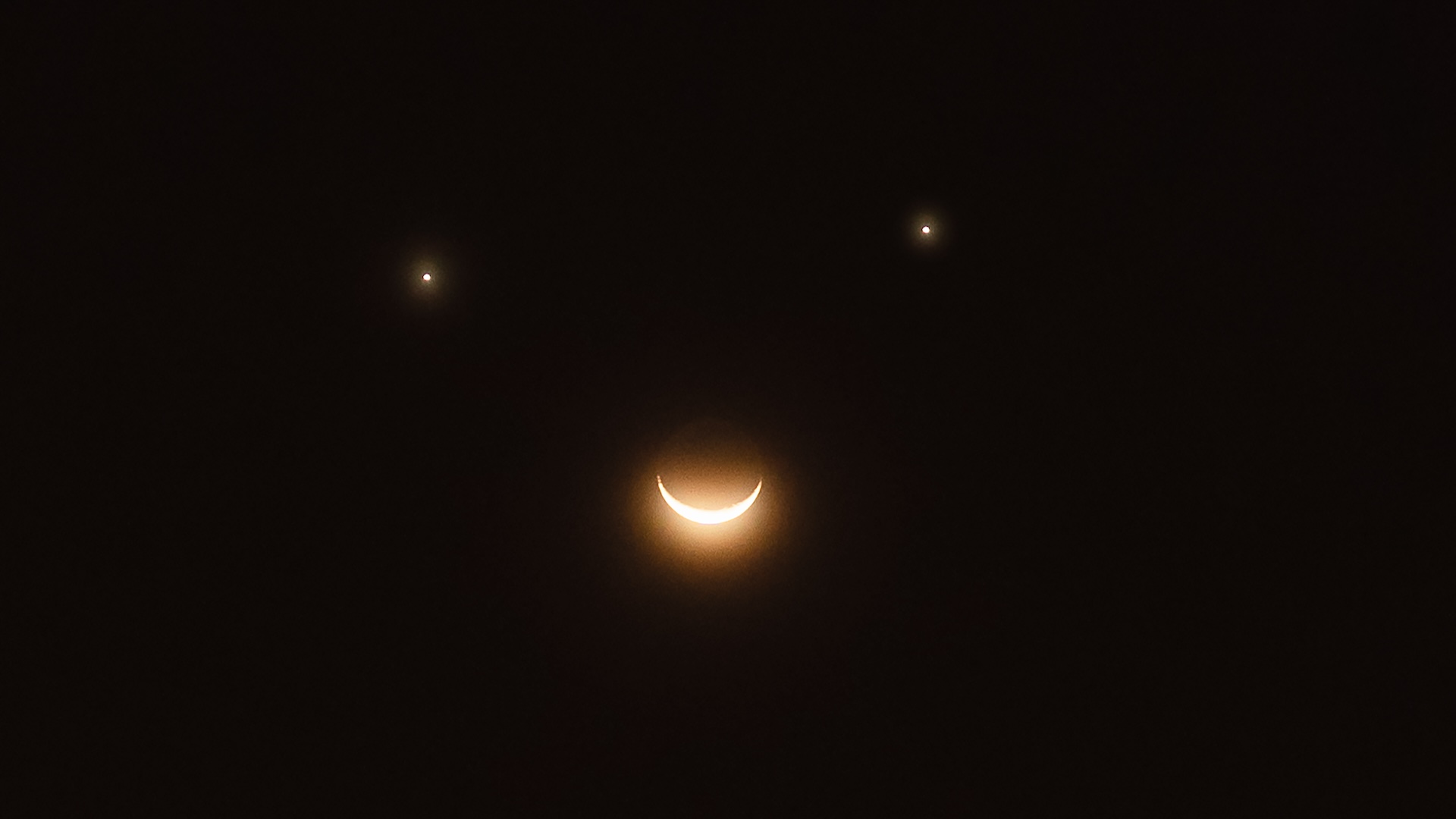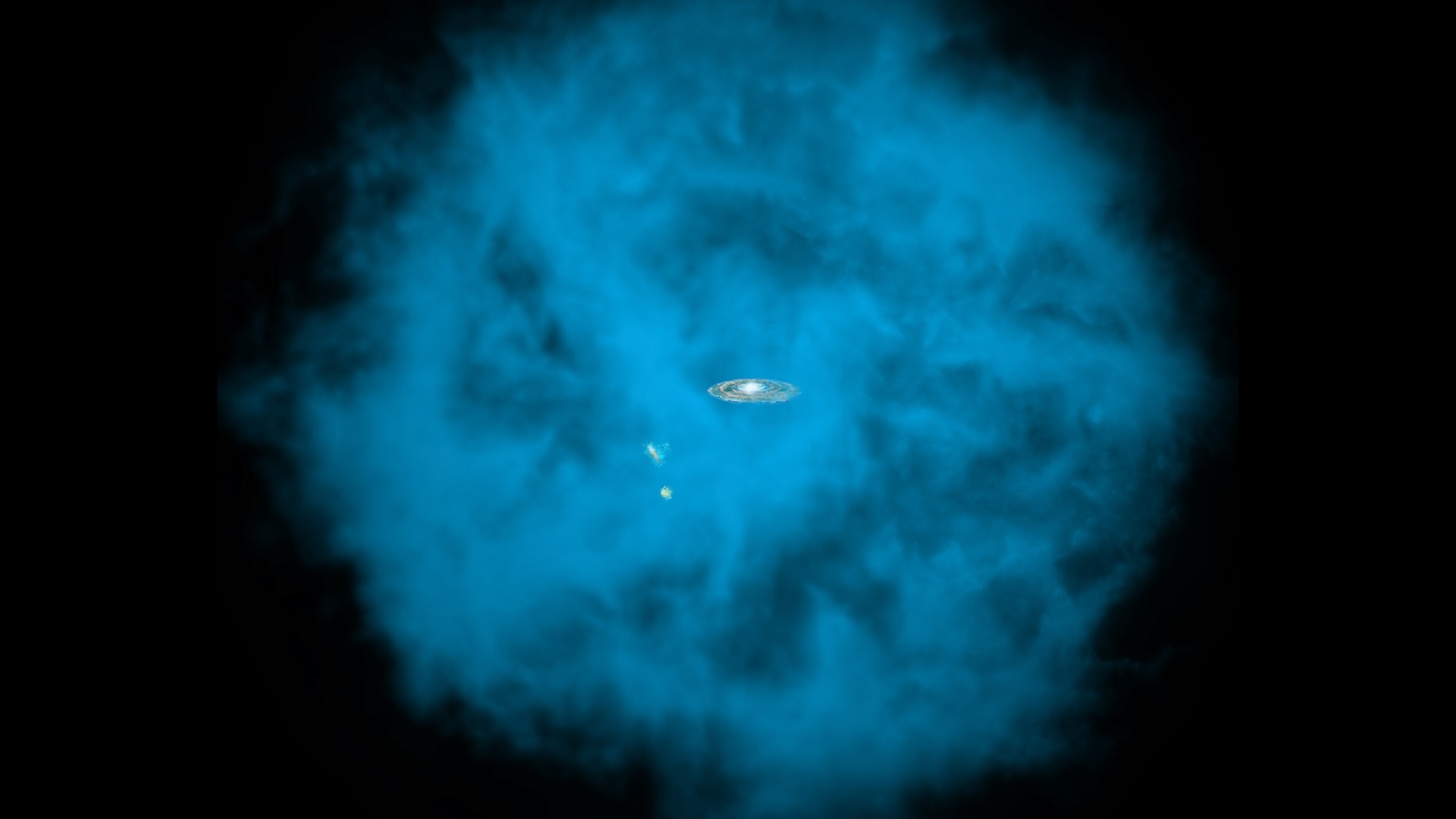Easter Island's population never collapsed, but it did have contact with Native Americans, DNA study suggests
A DNA analysis of 15 Rapa Nui individuals revealed that there was never a population collapse on Easter Island and that the inhabitants commingled with Native Americans.
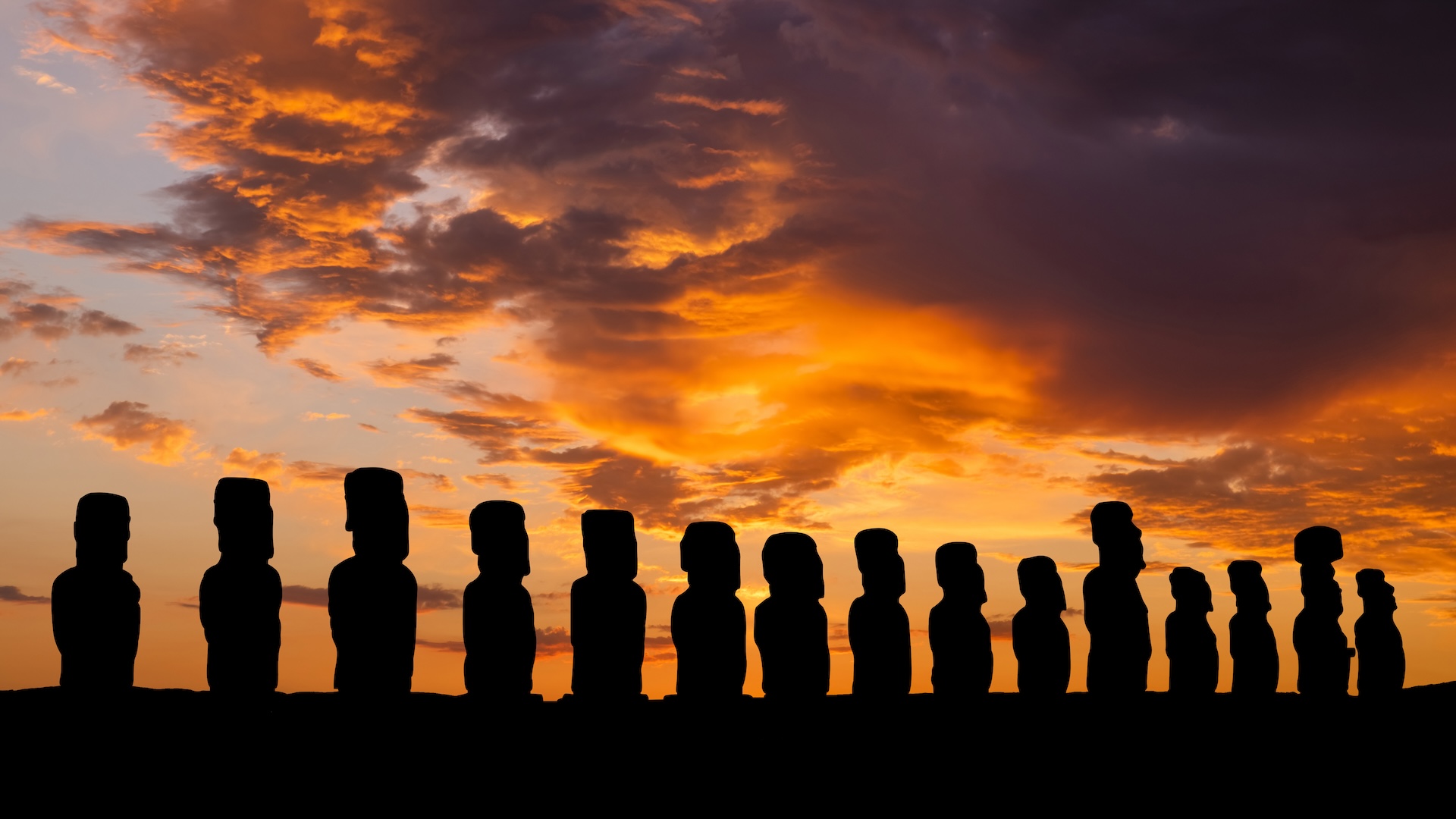
The remote Pacific island of Rapa Nui, commonly known as Easter Island, never experienced a "self-inflicted population collapse," a new analysis of ancient DNA reveals.
Researchers have long debated whether the Polynesian island's population plummeted due to deforestation, the overexploitation of local resources and warfare during the 1600s, before the arrival of Europeans a century later, according to a study published Wednesday (Sept. 11) in the journal Nature.
But now, after studying the genomes of 15 inhabitants of the Polynesian island, researchers think there was never a rapid drop in population after all.
For the analysis, the team received approval from Rapa Nui community representatives to study human remains at a museum in France. The bodies had been removed from the island, which is located 2,300 miles (3,700 kilometers) west of mainland Chile, during colonization sometime during the late 19th and early 20th centuries.
DNA taken from these 15 historical individuals showed there was "no evidence of a genetic bottleneck" that would have signified a collapse in the 17th century. Instead, the DNA evidence revealed that the island's small population "steadily increased" until the 1860s, when Peruvian slave raids overtook the island and decreased the population by one-third, according to the study.
"We don't think that we have any evidence at a genetic level of a collapse," study co-author Anna-Sapfo Malaspinas, a postdoctoral researcher of evolutionary genomics at the University of Lausanne in Switzerland, told Live Science. "When there's a collapse, the population level will decrease, and we'll lose genetic diversity."
Sign up for the Live Science daily newsletter now
Get the world’s most fascinating discoveries delivered straight to your inbox.
"The study concludes that there were never more than 3,000 people living on Rapa Nui — a number close to that observed by the first colonizers and far from a previous estimate of 15,000 inhabitants — implying that the hypothesized collapse was always a fantasy," Stephan Schiffels and Kathrin Nägele, archaeogeneticists at the Max Planck Institute for Evolutionary Anthropology in Leipzig, Germany, who were not involved in the study, wrote in an accompanying News and Views piece.
The new research is the latest to find no evidence for a population collapse on the island, which is famous for its iconic giant stone statues, known as moai. In June, a different group used satellite images and machine learning to analyze the number of rock gardens, which had been tended to add nutrients to the soil, and found that these gardens would have supported only small populations.
The analysis also showed that just like Rapa Nui individuals today, past inhabitants had Native American DNA. Researchers think this "mixing" would have taken place sometime between A.D. 1250 and 1430, according to the study. This finding is supported by a 2020 genetic analysis, which found that Polynesians and Indigenous people from Colombia hooked up about 800 years ago.
This discovery offers evidence that the Rapa Nui may have been crossing the Pacific Ocean and visiting the Americas. However, researchers said more analysis is necessary to know more about the circumstances — for instance, it's also possible that the Native Americans journeyed to Rapa Nui.
"What we do know is that by 1250, 90% of [the Rapanui] genome is Polynesian in origin," lead study author J. Víctor Moreno-Mayar, an assistant professor of geogenetics at the Globe Institute at the University of Copenhagen in Denmark, told Live Science. "Another thing we know is that the Native American bits came into play more or less around the 1300s. This is an important date because we know that Europeans didn't make it to the island until 1722. So either the Rapanui were traveling east, or Native Americans were going west to the island."
It's well documented that Polynesians were exploring other islands in the southeastern Pacific Ocean, he added, and it "seems reasonable that they would have made it to the Americas."
The DNA analysis will be used to "identify and repatriate" some of the 15 individuals, according to the statement.
Jo Anne Van Tilburg, an archaeologist and director of the Easter Island Statue Project, who was not involved in the study, said that she's skeptical about the results and that further research is necessary.
"Here the authors require the bones of 15 'ancient' Rapanui individuals to carry the heavy weight of paradigm shifting but without the aid of archaeological support. The 15 bones they studied were among hundreds removed post-European contact from the mixed contents of exposed or open cists," she told Live Science in an email. "Those collected by Pinart have no proper documentation and only a few crania in similar collections world wide have thus far been traced by multiple researchers to even a site name."
She added, "That 15 bones produced results of 10 percent Native American ancestry is implausible even knowing that many such cist interments were carried out after missionary contact in 1864, with records of a few into the early twentieth century. Hence, 'ancient' is an overreach. So, too, are the population numbers and trend inferences they make. Nonetheless, archaeological data barely examined here points to at least one contact with the South American coastal region was most probably made by Polynesians."
Jennifer Nalewicki is former Live Science staff writer and Salt Lake City-based journalist whose work has been featured in The New York Times, Smithsonian Magazine, Scientific American, Popular Mechanics and more. She covers several science topics from planet Earth to paleontology and archaeology to health and culture. Prior to freelancing, Jennifer held an Editor role at Time Inc. Jennifer has a bachelor's degree in Journalism from The University of Texas at Austin.

